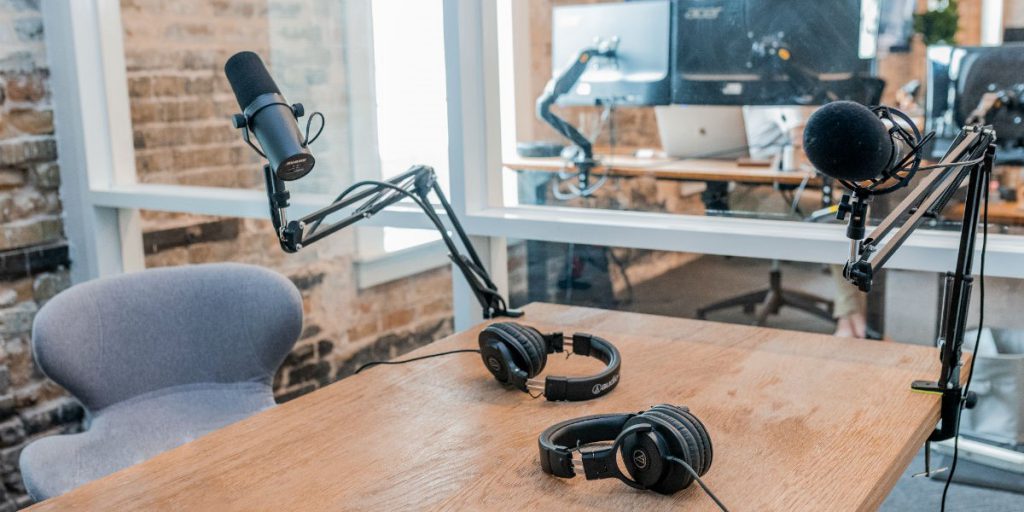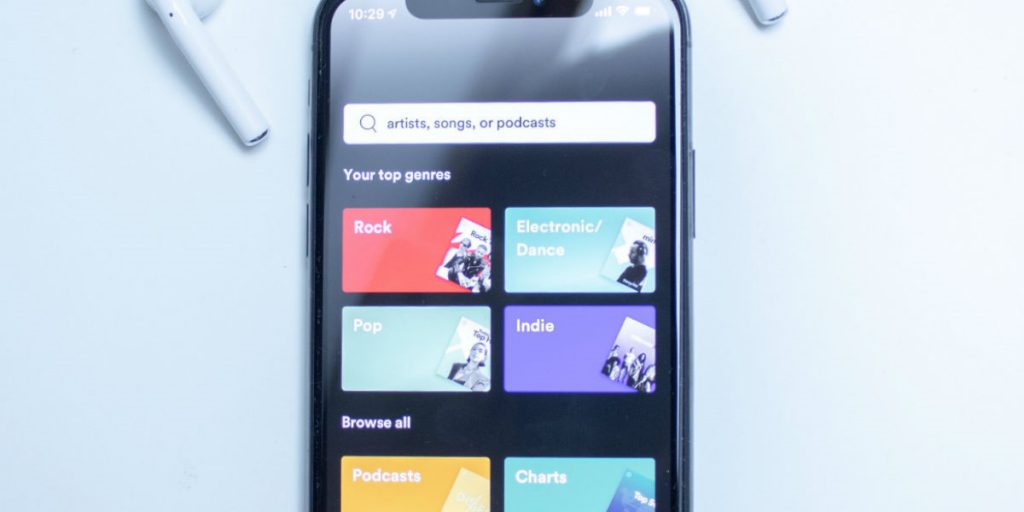January 27, 2020
Music streaming giant Spotify has launched Spotify Podcast Ads powered by Streaming Ad Insertion. With advanced targeting and insights for advertisers, this is sure to drive large revenues for the platform. However, as podcast listener hours grow rapidly, this may affect music revenues.

Podcasts are gaining popularity at a massive rate. In a recent Forbes article researchers shared that 62 million Americans listen to podcasts each week, growing from 19 million in 2013. With more and more people choosing to consume their media through audio, streaming platforms are seeing opportunities. In 2019 Spotify made some large podcast acquisitions with the purchase of Gimlet Media, Anchor and Parcast. The platform now plays host to over 500,000 podcasts and this number is set to grow.
However, this focus on Podcasts does not just benefit the listeners in the Spotify ecosystem through a dynamic audio user experience. 14% of their 248 million monthly active users listen to podcasts, creating huge potential economic benefits to be gained through Podcast advertising. Premium (paid) subscribers do not generate valuable advertising revenue and therefore Podcast advertising provides another revenue stream. In late 2019, Spotify reported a growth of 39% in Podcasts listener hours quarter on quarter. This is a great opportunity for advertisers to reach their audience and podcast creators to drive revenues. Ads in podcasts are more engaging and less intrusive for listeners as the presenter is often the one reading out the ads.
Despite the success of podcast advertising, measurement and insights have been limited. The recent launch of Spotify Podcast Ads, Streaming Ad Insertion demonstrates a real shift and focus onto podcast advertising. While advertisements were typically read out by the presenter, SAI allows advertisers to specifically target relevant audiences and access meaningful real time data. Previously Spotify’s podcast capabilities were limited to downloads from RSS feeds which made it difficult to gain insights.

Previously much of Spotify’s revenues went to labels and artists through royalty payments, so this is a significant business move by the streaming platform. As they diversify their focus to include podcasts, how does this affect music and royalties for artists? Hours spent listening to podcasts are rapidly growing, which music industry experts fear will significantly reduce time spent listening to recorded music. As Spotify does not have to pay royalties for podcasts it may be economically favourable for them, but not for artists. With per stream revenue a fraction of a cent, this could have a significant effect on global music revenues. This may be proving true, as three of the biggest major record companies reported some reduction in music streaming revenues in 2019.
As podcasts interfere with music listening hours, it is vital to accurately track and match music royalties for members. The Matching Engine application works with your systems for high performance music matching. Accurate music matching and help protect revenues for creators and artists.